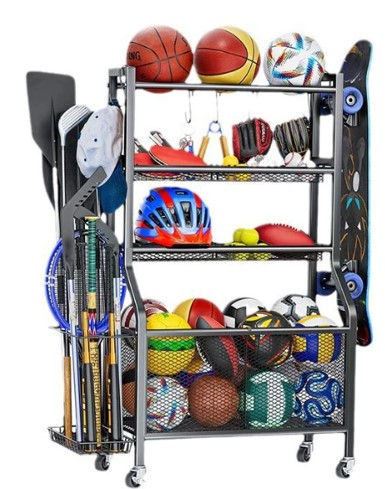Antibody and Antigen Models
Introduce your students to the protein structure of the antibody with our 3-D Antibody and Antigen Models — composed of 12 repeating immunoglobulin folds — before discussing its role in the immune system.
An important protein of the immune system, antibodies recognize and bind to antigens, triggering a variety of immune responses that protect the cell from infection. Modular in design, they are composed of 2 heavy chains and 2 light chains. Each heavy chain is composed of 4 immunoglobulin folds. Each immumoglobulin fold consists of 2 flat beta sheets, held together by a covalent disulfide bond between 2 cysteine amino acids, found in one of the beta sheets. Each light chain consists of 2 immunoglobulin folds. (See Immunoglobulin Fold Mini Model.)The antigen binding site is located at the ends of these Y-shaped proteins, where immunoglobulin folds from each chain come together.
Antibodies are difficult to study because they are so flexible. In the 1960’s, however, Rodney Porter and Gerald Edelman independently determined the structure of the antibody using different techniques. They shared the 1972 Nobel Prize in Physiology or Medicine for their work.
In our plastic antibody model, the heavy chains are yellow and the light chains are red. The carbohydrate (blue) stabilizes the heavy chains in the molecule. In the nylon model, the heavy chains are white, light chains red, and carbohydrate blue.
The 8.5" antibody and 3.5" antigens are printed in plastic and should be handled with care. While much less fragile than plaster models, they can break if abused.They are based on IGG.pdb.
Enhance your students' conceptual understanding of immunity and infection with multiple models. Use the Antibody and Antigen Models to actively simulate the antibody binding and specificity illustrated in our Flu Fight: Immunity & Infection Panorama.
Tell the story of a flu shot in action with the combination of this Antibody Model, the Tour of a Human Cell Grand Panorama and the following mini models: Nucleosome, Ribosomes, and Hemagglutinin.
CONTENTS:
The 8.5" antibody and 3.5" antigens are printed in plastic and should be handled with care. While much less fragile than plaster models, they can break if abused.



















